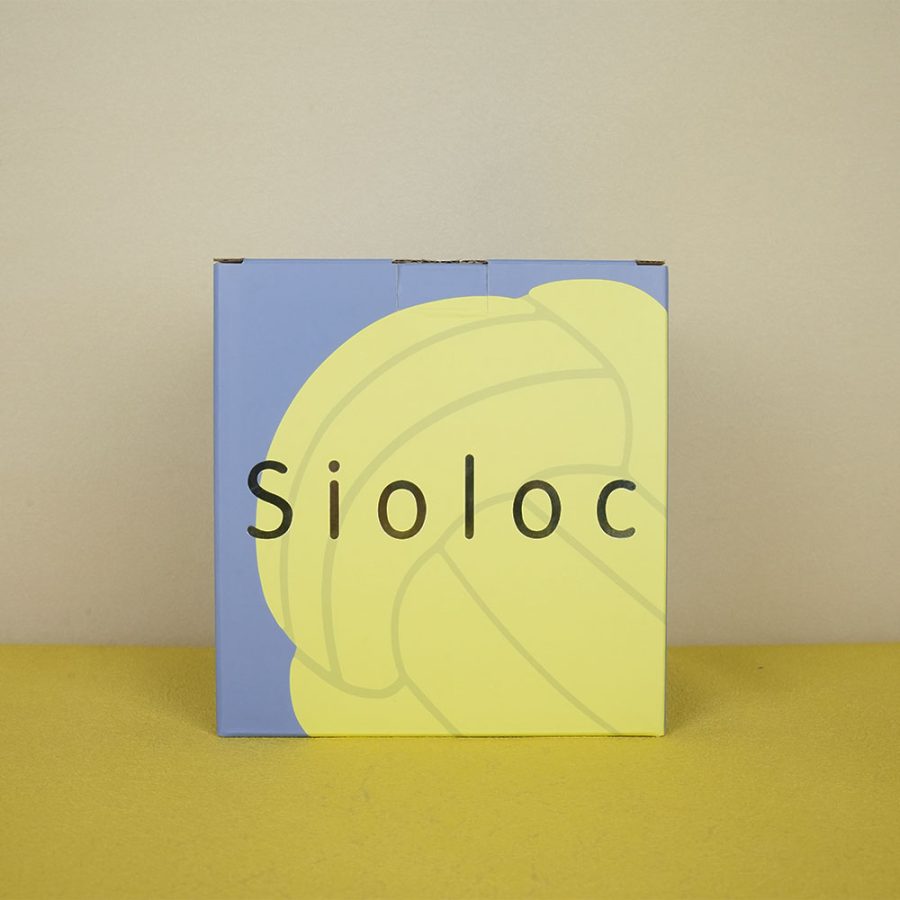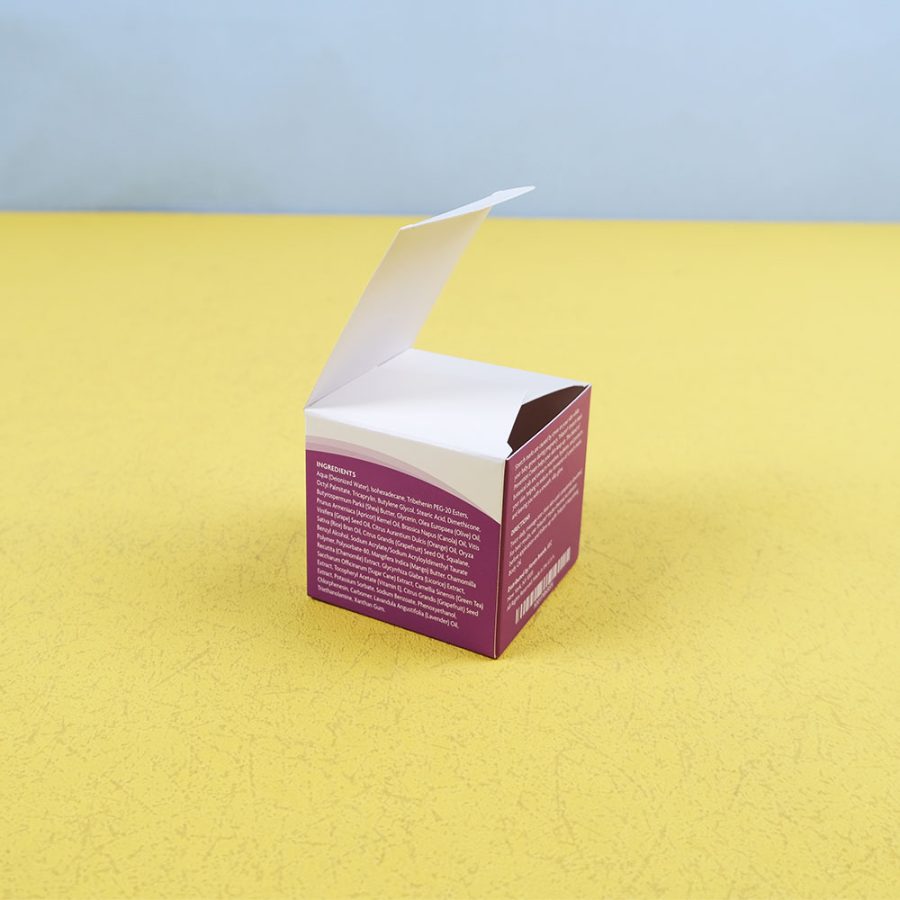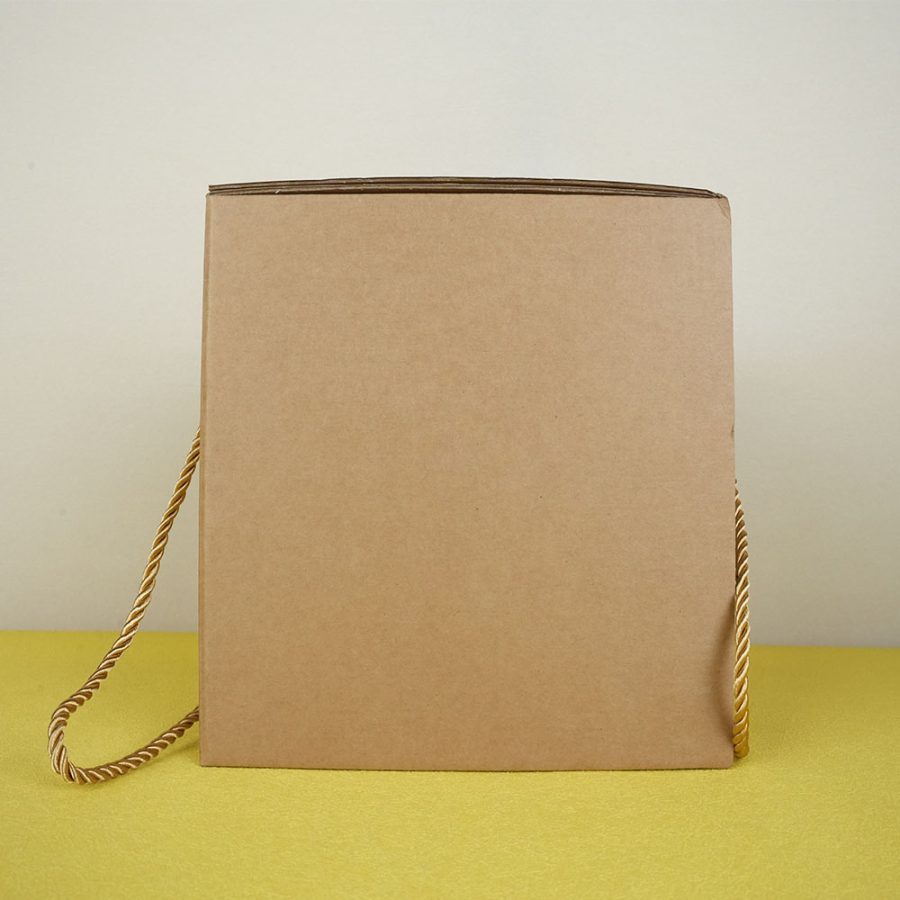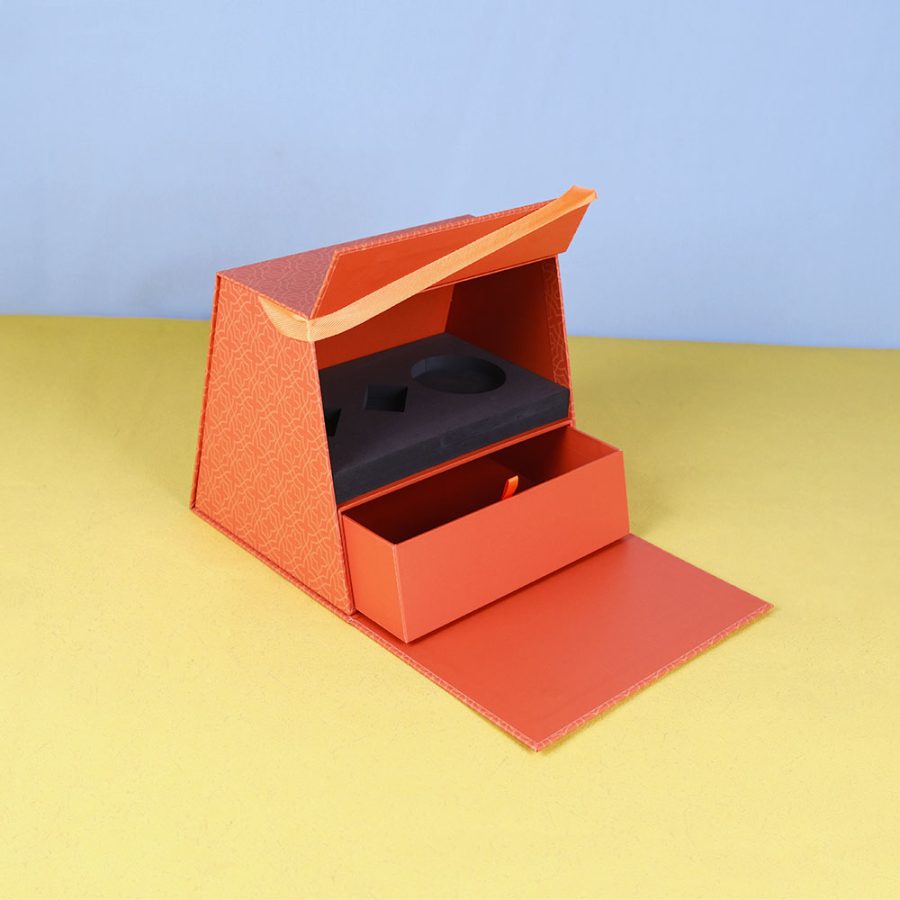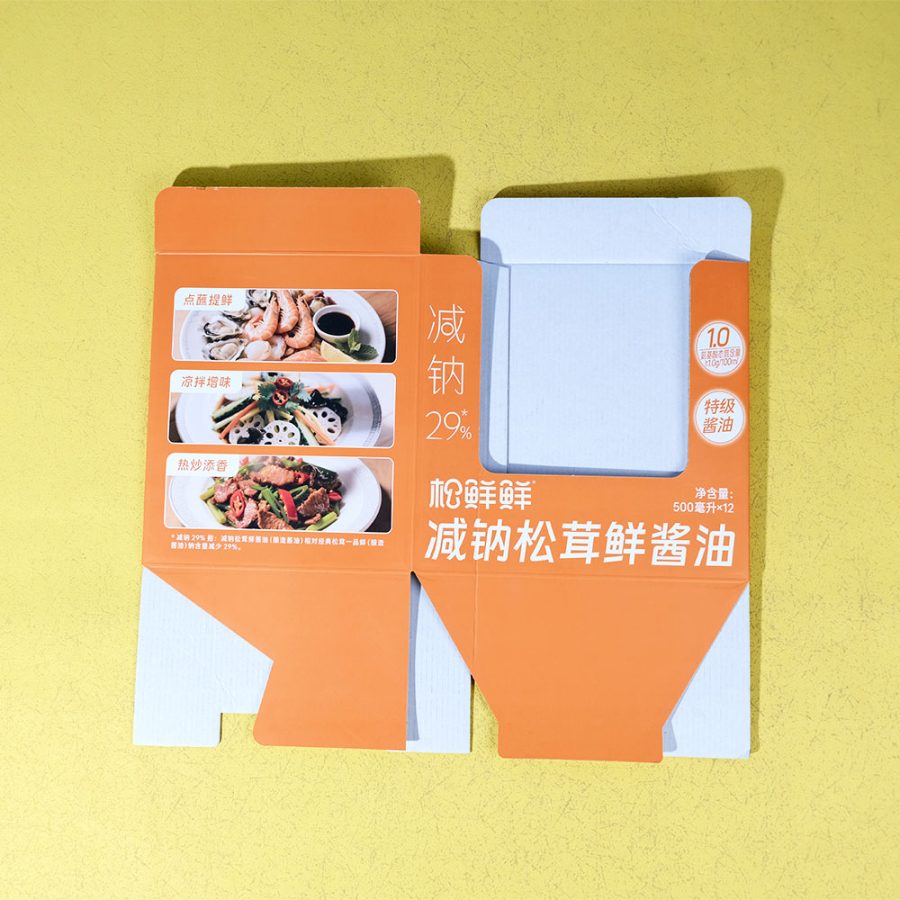Improving Packaging Appearance: Why It Matters and How to Do It Right
In a world where customers are overwhelmed with choices, first impressions are everything — and packaging is often the first point of contact between a brand and a potential buyer. A poorly designed package can turn customers away even if the product inside is excellent. On the other hand, a well-thought-out, visually appealing package can capture attention, convey brand values, and drive purchasing decisions. Improving packaging appearance is no longer optional — it is a strategic investment that can elevate your brand and set you apart from competitors.
Why Packaging Appearance Is Critical
Packaging does much more than hold a product — it acts as a silent salesman. In physical stores and online marketplaces, your packaging competes visually for consumer attention. Eye-tracking studies show that customers often decide within seconds whether they are interested in a product, based heavily on how it looks. A beautiful, polished package builds trust, signals professionalism, and hints at the quality of the product inside.
In addition, great packaging strengthens brand identity. It can communicate your brand's story, values, and positioning at a glance. Over time, consistent and appealing packaging builds brand recognition, customer loyalty, and perceived value.
Essential Ways to Improve Packaging Appearance
1. Invest in Professional Design
Graphic design is crucial. Invest in professional designers who understand color theory, typography, and branding. Your design should reflect your brand personality — whether it’s luxury, eco-friendly, fun, or high-tech. Balanced layouts, complementary colors, and clear messaging make packaging look more credible and inviting. Custom illustrations, smart iconography, and attractive fonts can create a unique identity that customers remember. Also, ensure the design remains scalable and consistent across different product lines.
2. Choose High-Quality Materials
Your packaging material says a lot about your brand before a customer even touches the product. Flimsy, low-grade materials suggest a lack of quality, while sturdy, premium materials build confidence and satisfaction. Options like kraft paper, rigid boxes, textured finishes, and recyclable materials not only improve appearance but also add to the unboxing experience. Think about materials that support both form and function — offering protection while looking polished.
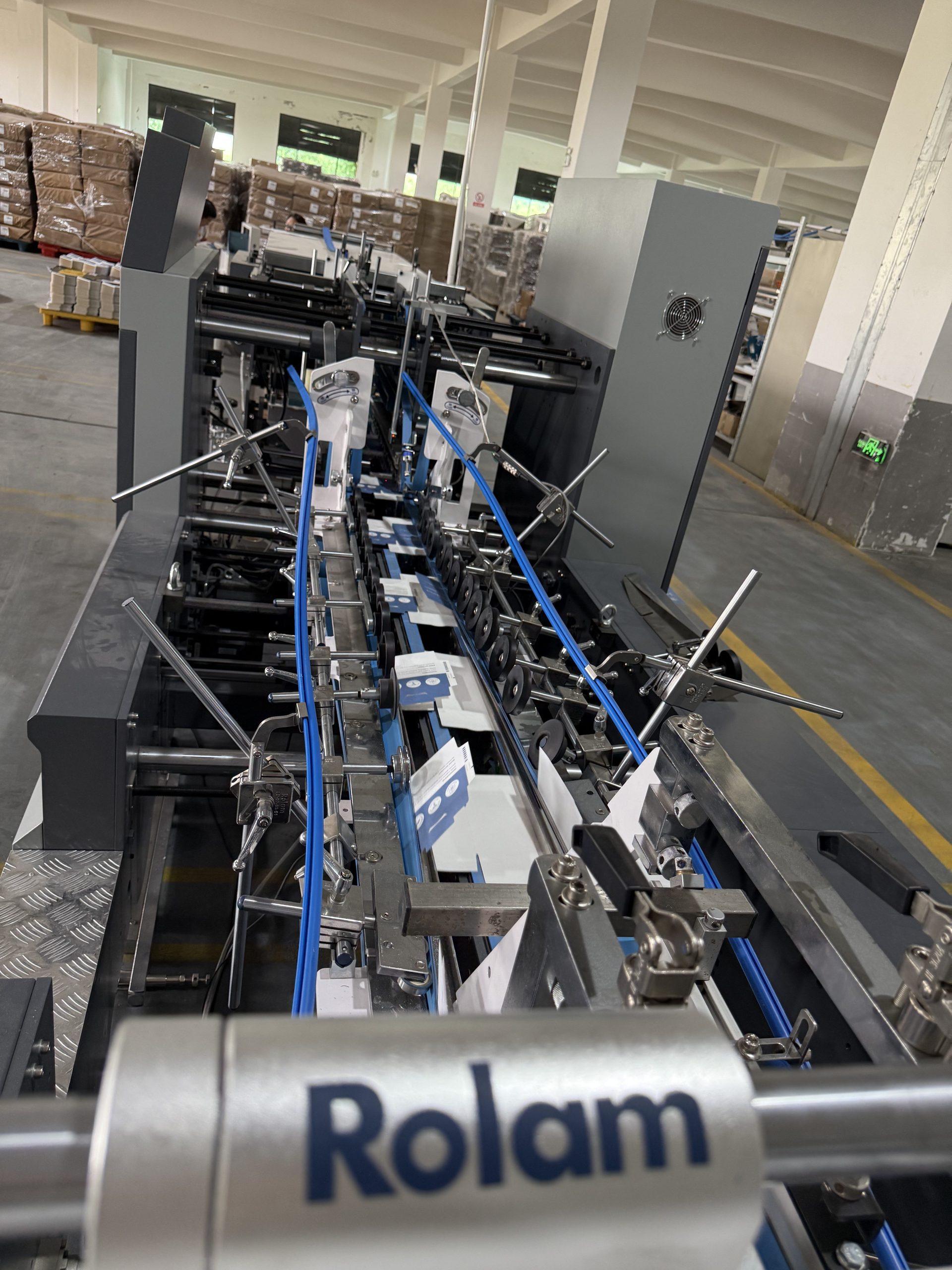
3. Add Premium Finishing Techniques
Special finishing techniques elevate packaging from ordinary to extraordinary. Consider:
Embossing and Debossing: Create a tactile experience by adding raised or recessed elements.
Spot UV Coating: Highlight specific parts of the design with a glossy shine.
Foil Stamping: Add metallic elements for a luxurious look.
Soft-Touch Laminate: Create a velvety texture that feels sophisticated.
Even simple enhancements like a matte finish or gloss laminate can make your packaging feel more professional and desirable.
4. Maintain Consistency Across Packaging Lines
Consistency across your product range builds a strong brand image. Whether a customer picks up your smallest or largest product, the visual language — colors, fonts, logo placement — should feel cohesive. Inconsistent packaging can confuse customers and weaken brand recognition. Clear brand guidelines for packaging design ensure that every item strengthens your brand’s visual identity, making it more memorable over time.
5. Optimize for Practicality and Experience
While aesthetics are critical, packaging must also be functional. Customers appreciate designs that are easy to open, reseal, or carry. A frustrating packaging experience can negatively impact even the best-looking designs. Unboxing has become part of the customer experience, especially with the rise of social media sharing. Make sure your packaging not only looks good on a shelf but also creates a satisfying, share-worthy unboxing experience.
6. Tailor Packaging for Special Campaigns
Seasonal or limited-edition packaging can drive excitement and encourage purchases. Special designs for holidays, anniversaries, or collaborations allow brands to stay fresh and engage customers emotionally. Temporary redesigns show that your brand is dynamic and attentive to trends, while also providing an opportunity to test new ideas without committing long-term.
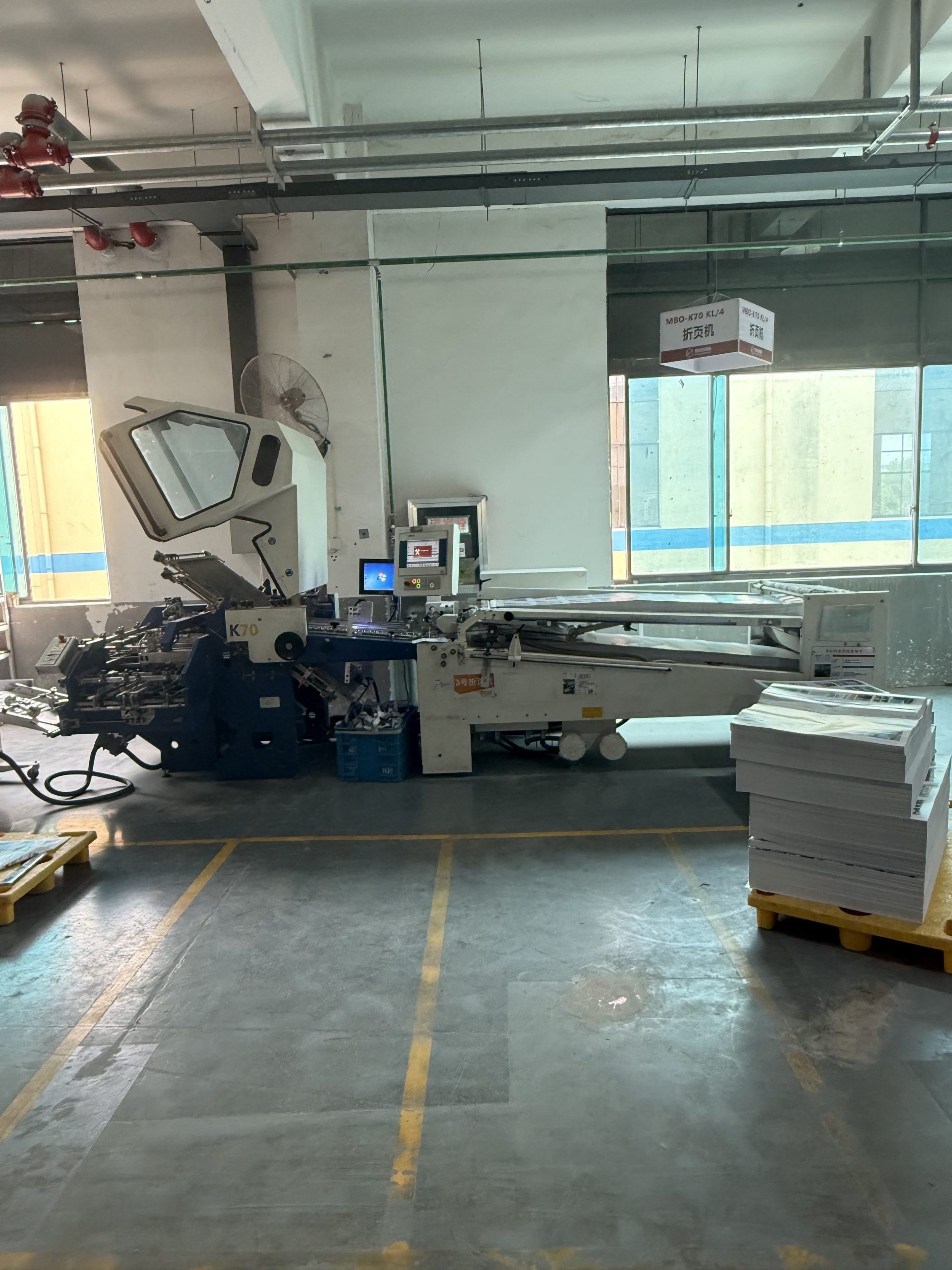
The Bigger Picture: Packaging as a Marketing Tool
Well-executed packaging can significantly boost your marketing efforts. Strong packaging enhances shelf impact, encourages word-of-mouth recommendations, and even supports digital marketing through unboxing videos and social media photos. In addition, eco-conscious packaging solutions can appeal to environmentally aware consumers, helping brands align with broader social values while still offering beautiful design.
In short, improving packaging appearance is not just about aesthetics — it’s about crafting a strategic tool that builds brand equity, improves customer satisfaction, and ultimately drives sales.
Conclusion
Packaging is a powerful communication tool that goes beyond protecting the product. A focus on improving packaging appearance ensures your product stands out in a crowded marketplace, enhances customer perception, and builds long-term loyalty.
By investing in professional design, quality materials, thoughtful finishing, and practical functionality, brands can make a lasting impression on customers and elevate their entire business image.



